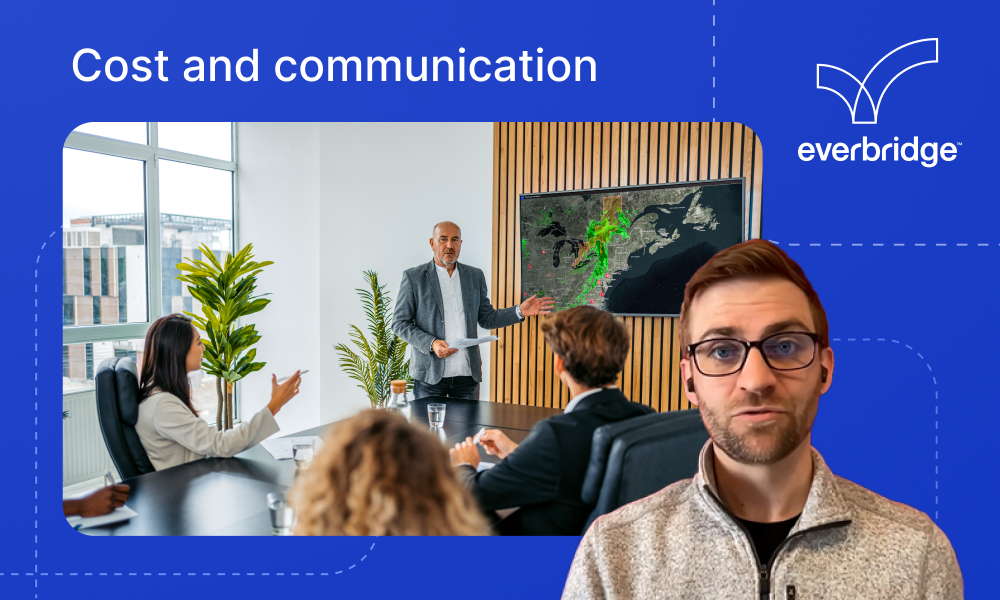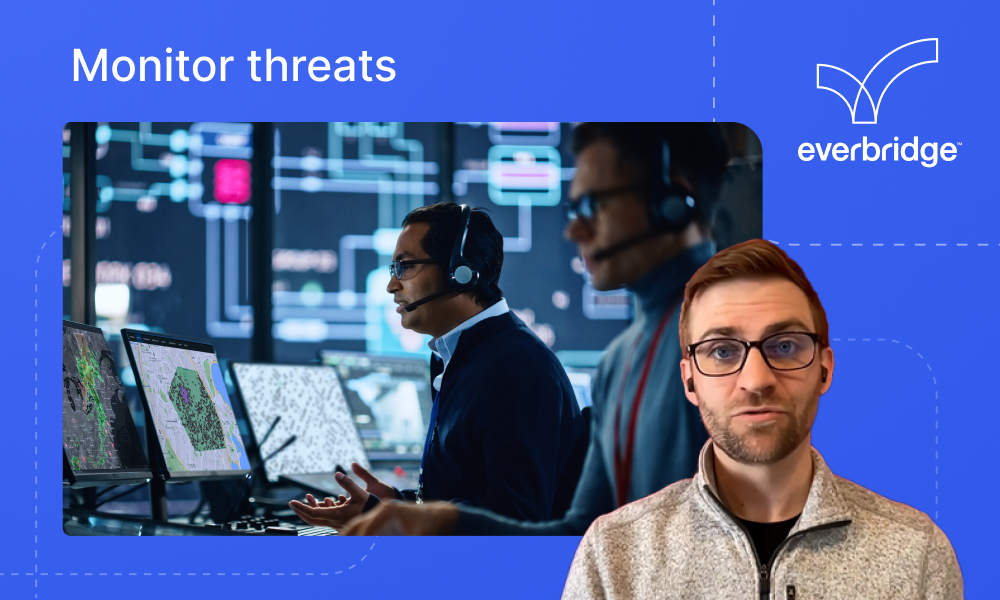Houston Methodist Hospital is ranked by US News & World Report as the best hospital in Texas and 15th in the nation. It provides health care from eight hospitals and 100 clinics throughout Houston, all networked from a central location on the Texas Medical Center campus. A hospital must be prepared to offer state-of-the-art, split-second care at any moment.
Its patients, doctors, and employees rely on an uninterrupted stream of reliable data for everything from operating cutting-edge medical devices during lifesaving procedures to scheduling, filing, reporting, and tracking employee hours. Any disruption to the transmission of this data can, at best, slow the ability to provide routine care by not making rooms, equipment, or medical personnel available quickly.
In 2019, a global financial services technology company came to Infinite Blue to improve its business continuity and disaster recovery (BC/DR) program that was managed through disparate systems and required manual reconciliation.
Because the company manages more than 4,000 internal and external apps, its BC/DR program required the participation of 1,600 employees across the organization.
However, depending on his or her role, an employee may only engagewith the program once a year to verify data and/or approve plans. Even with annual training and automated emails to alert team members when a task is required of them, the company found it challenging to maintain the necessary level of readiness.
The University of Central Florida (UCF), a major metropolitan research university located in an area prone to severe weather events, faces a unique set of business continuity and disaster recovery (BC/DR)challenges. The school’s Department of Emergency Management built its BC/DR program using static documents, which required manual plan approval from numerous teams.
However, the University’s Department of Emergency Management had forward-looking goals to mature its preparedness program, stay ahead of potential regulations, and lead the way for other institutions in higher education. To achieve them, the team needed to adopt the right BC/DR platform.
Connect with employees, mobilize teams, and restore order with ease. Discover how the Everbridge Mass notification platform can help you deliver messages across various channels during a crisis. Safeguard your people, ensure operational continuity, and fortify your critical communications.
Explore how to effectively manage threats to people, buildings, and assets using visual security maps and live threat analysis. Discover how Everbridge safety solutions can not only alert you but also guide you through workplace security, corporate security, civil unrest, terrorism, and active shooter situations.

